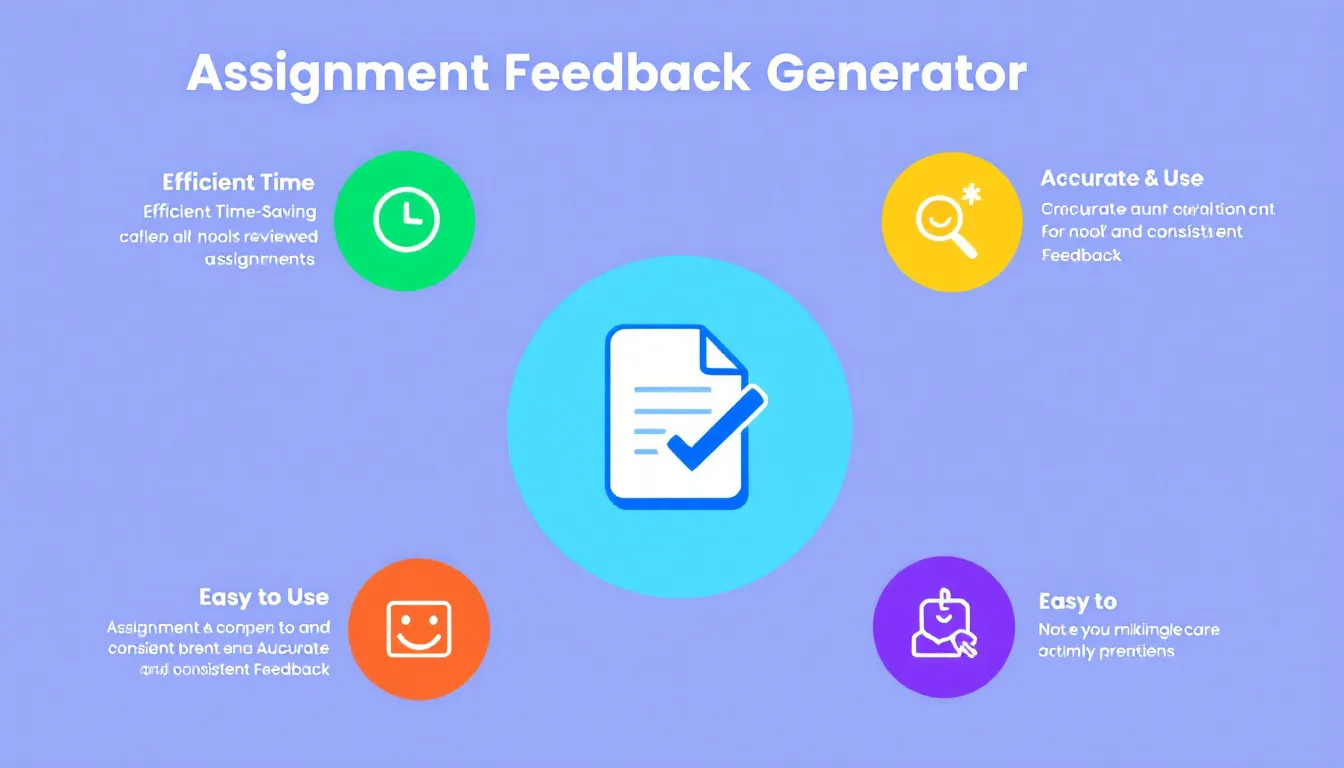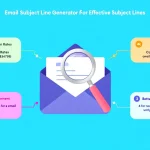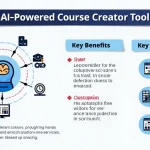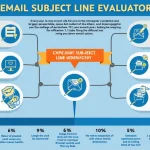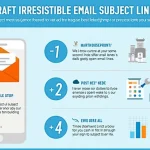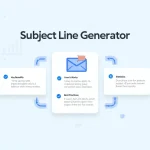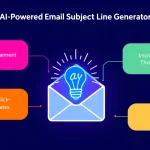Assignment Feedback Generator
Is this tool helpful?
How to Use the Assignment Feedback Generator Effectively
To make the most of the Assignment Feedback Generator, follow these simple steps:
- Input Assignment Content: In the first text area, paste the full content of the assignment you want to review. For example, you could input a student’s essay on “The Impact of Social Media on Modern Communication” or a research proposal on “Sustainable Energy Solutions for Developing Countries”.
- Provide Assignment Guidelines: Enter the specific guidelines given for the assignment in the second text area. This could include word count, formatting requirements, or specific topics to be covered. For instance, “Write a 1500-word essay analyzing the pros and cons of renewable energy sources, including at least three peer-reviewed sources.”
- Add Course Context (Optional): If relevant, include a brief description of the course or subject area. This helps tailor the feedback to the specific academic context. For example, “Advanced Environmental Science” or “Introduction to Digital Marketing”.
- Specify Student Level (Optional): Indicate the educational level of the students. This could be “High School Senior”, “Undergraduate Junior”, or “Graduate Level”.
- Generate Feedback: Click the “Generate Feedback” button to receive comprehensive, constructive feedback on the assignment.
- Review and Copy Feedback: Once generated, review the feedback provided. You can easily copy it to your clipboard using the “Copy to Clipboard” button for further use or distribution.
Understanding the Assignment Feedback Generator: A Powerful Tool for Educators
The Assignment Feedback Generator is an innovative educational tool designed to assist course creators, educators, and instructors in providing comprehensive, constructive feedback on student assignments. This powerful tool leverages advanced language processing capabilities to analyze assignment content, structure, and adherence to guidelines, offering insightful suggestions to improve clarity, engagement, and educational value.
Key Features of the Assignment Feedback Generator
- Comprehensive Content Analysis: Evaluates the assignment’s content for depth, relevance, and accuracy.
- Structure Assessment: Reviews the organization and flow of ideas within the assignment.
- Guideline Adherence Check: Ensures the assignment meets the specified requirements and instructions.
- Constructive Suggestions: Provides actionable feedback to improve the overall quality of the work.
- Positive Reinforcement: Highlights strengths and areas of excellence in the assignment.
- Educational Value Enhancement: Offers insights to increase the assignment’s learning impact.
Benefits of Using the Assignment Feedback Generator
1. Time-Saving Efficiency
One of the most significant advantages of using the Assignment Feedback Generator is the substantial time savings it offers to educators. Traditionally, providing detailed feedback on assignments can be a time-consuming process, often requiring hours of careful reading and analysis. This tool streamlines the process, generating comprehensive feedback in a fraction of the time it would take to do manually.
2. Consistency in Feedback Quality
The Assignment Feedback Generator ensures a high level of consistency in the quality and depth of feedback provided across multiple assignments. This consistency is particularly valuable when dealing with large classes or multiple sections of the same course, where maintaining uniform feedback standards can be challenging.
3. Comprehensive Analysis
The tool performs a thorough analysis of various aspects of the assignment, including content, structure, and adherence to guidelines. This comprehensive approach ensures that no critical elements are overlooked, providing students with a well-rounded assessment of their work.
4. Actionable Insights
Rather than just pointing out errors or weaknesses, the Assignment Feedback Generator offers constructive suggestions and actionable insights. This approach not only highlights areas for improvement but also provides students with clear directions on how to enhance their work.
5. Enhanced Learning Experience
By providing detailed, constructive feedback, the tool contributes to a more enriching learning experience for students. It helps them understand their strengths and weaknesses, encouraging self-reflection and continuous improvement in their academic journey.
6. Scalability for Large Classes
For educators managing large classes or multiple course sections, the Assignment Feedback Generator offers a scalable solution. It enables instructors to provide high-quality, individualized feedback to a large number of students without compromising on depth or personalization.
Addressing User Needs and Solving Specific Problems
Tackling Time Constraints in Academic Feedback
One of the primary challenges faced by educators is the limited time available to provide thorough feedback on student assignments. The Assignment Feedback Generator addresses this issue by automating the initial feedback process, allowing educators to focus on refining and personalizing the generated content.
For example, consider an instructor teaching a course on “Introduction to Environmental Science” with 100 students. Each student submits a 2000-word research paper on climate change impacts. Manually reviewing and providing detailed feedback on each paper could take the instructor over 50 hours. With the Assignment Feedback Generator, the initial review process can be reduced to a fraction of that time, allowing the instructor to focus on adding personalized insights and recommendations.
Ensuring Consistency Across Multiple Graders
In courses with multiple teaching assistants or graders, maintaining consistency in feedback can be challenging. The Assignment Feedback Generator solves this problem by providing a standardized base for feedback, which can then be customized by individual graders. This ensures that all students receive feedback of similar depth and quality, regardless of who reviews their work.
Enhancing the Quality of Feedback
The tool addresses the need for comprehensive, multi-faceted feedback that goes beyond surface-level comments. By analyzing various aspects of the assignment, including content depth, argument structure, and adherence to guidelines, it provides a holistic assessment that might be challenging for a single educator to consistently deliver, especially under time constraints.
Supporting Student Learning and Growth
The Assignment Feedback Generator supports the educational goal of fostering student growth and learning. By providing detailed, constructive feedback, it helps students understand not just where they need to improve, but how to make those improvements. This approach supports the development of critical thinking skills and encourages students to engage more deeply with their coursework.
Practical Applications and Use Cases
1. Large Undergraduate Courses
In a freshman-level “Introduction to Psychology” course with 300 students, the Assignment Feedback Generator can be used to provide initial feedback on weekly reflection papers. The instructor can then review and add personalized comments to the generated feedback, ensuring each student receives thorough, individualized feedback despite the large class size.
2. Graduate-Level Research Proposals
For a graduate course in “Advanced Research Methods,” students submit detailed research proposals. The Assignment Feedback Generator can analyze these proposals for elements such as hypothesis clarity, methodology appropriateness, and literature review comprehensiveness. This initial analysis allows the professor to focus on providing high-level, expertise-driven feedback on the research direction and innovative aspects of each proposal.
3. Online Learning Environments
In a massive open online course (MOOC) on “Digital Marketing Strategies,” where thousands of students submit assignments, the tool can be used to provide immediate, detailed feedback. This rapid response helps maintain student engagement and allows for iterative improvements in their work, which is crucial in the fast-paced online learning environment.
4. Peer Review Enhancement
In a junior-level “Creative Writing” course, students engage in peer review of each other’s short stories. The Assignment Feedback Generator can be used to provide an initial assessment, which students can then use as a guide to enhance their peer review comments. This approach helps students develop critical analysis skills while ensuring a baseline of comprehensive feedback.
5. Continuous Assessment in Professional Development Courses
For a professional development course on “Project Management,” where working professionals submit regular assignments based on real-world scenarios, the tool can provide quick, consistent feedback. This allows participants to apply insights immediately to their work, enhancing the practical value of the course.
Frequently Asked Questions (FAQ)
Q1: Can the Assignment Feedback Generator replace human grading entirely?
A: No, the tool is designed to complement, not replace, human grading. It provides a comprehensive base for feedback, which educators can then refine and personalize. The human touch is still crucial for nuanced assessment and subject-specific insights.
Q2: How does the tool handle different types of assignments?
A: The Assignment Feedback Generator is versatile and can handle various types of assignments, including essays, research papers, project proposals, and more. It adapts its analysis based on the assignment guidelines and content provided.
Q3: Can I customize the feedback generated by the tool?
A: Yes, the generated feedback serves as a starting point. Educators can review, modify, and add to the feedback to tailor it to individual students or specific course requirements.
Q4: Is the tool suitable for all educational levels?
A: The Assignment Feedback Generator is designed to be flexible and can be used for various educational levels, from high school to graduate studies. The optional fields for course context and student level help tailor the feedback appropriately.
Q5: How does the tool contribute to student learning?
A: By providing detailed, constructive feedback, the tool helps students understand their strengths and areas for improvement. It offers specific suggestions for enhancement, fostering critical thinking and self-reflection skills.
Q6: Can the tool handle assignments in different subject areas?
A: Yes, the Assignment Feedback Generator is designed to be subject-agnostic. It focuses on general aspects of academic writing and adherence to provided guidelines, making it suitable for a wide range of disciplines.
Q7: How long does it take to generate feedback?
A: The generation time varies depending on the length and complexity of the assignment, but it typically provides feedback within minutes, significantly faster than manual review.
Q8: Is there a limit to the length of assignments the tool can handle?
A: The tool is designed to handle assignments of various lengths. However, for optimal performance and detailed feedback, it’s recommended to use it for assignments within typical academic length ranges.
Q9: Can the tool detect plagiarism?
A: While the Assignment Feedback Generator focuses on content analysis and constructive feedback, it does not include a dedicated plagiarism detection feature. It’s recommended to use specialized plagiarism detection tools alongside this feedback generator for a comprehensive assessment.
Q10: How does the tool ensure feedback is constructive and encouraging?
A: The Assignment Feedback Generator is programmed to maintain a positive and encouraging tone. It balances highlighting areas for improvement with recognizing strengths in the assignment, ensuring feedback is constructive and motivating for students.
Important Disclaimer
The calculations, results, and content provided by our tools are not guaranteed to be accurate, complete, or reliable. Users are responsible for verifying and interpreting the results. Our content and tools may contain errors, biases, or inconsistencies. We reserve the right to save inputs and outputs from our tools for the purposes of error debugging, bias identification, and performance improvement. External companies providing AI models used in our tools may also save and process data in accordance with their own policies. By using our tools, you consent to this data collection and processing. We reserve the right to limit the usage of our tools based on current usability factors. By using our tools, you acknowledge that you have read, understood, and agreed to this disclaimer. You accept the inherent risks and limitations associated with the use of our tools and services.
